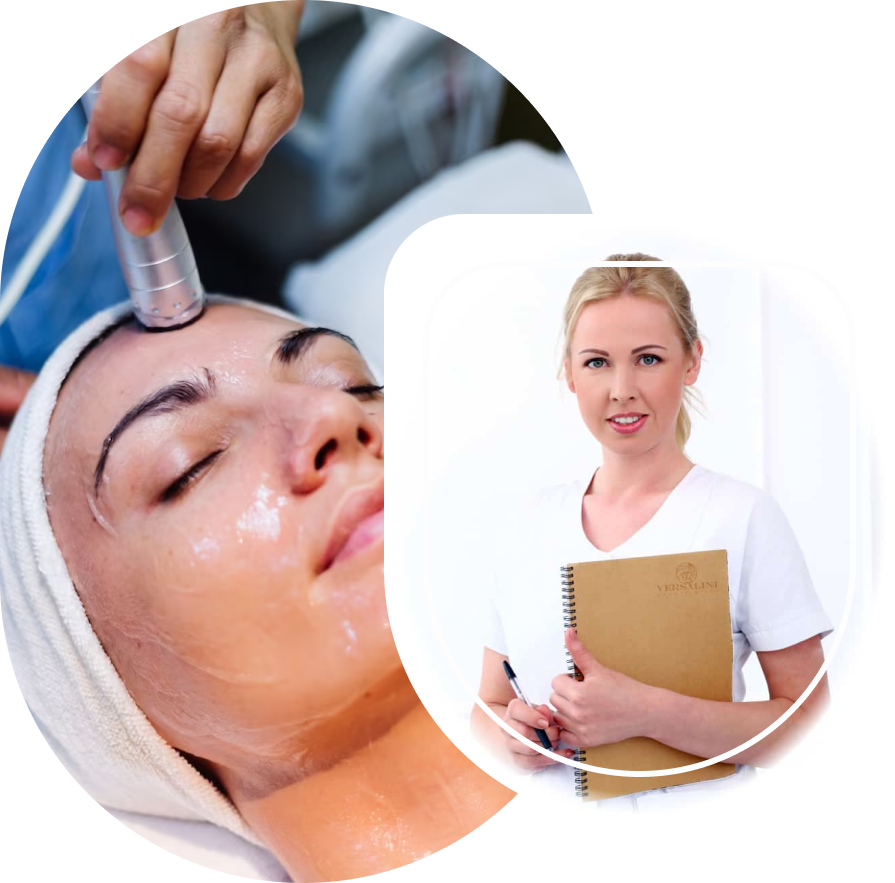
Chemical Peel in New York City
Chemical peels have come a long way since their inception in ancient Egypt, where women would use sour milk to exfoliate their skin. Today chemical peels have become an advanced and highly customizable cosmetic procedure, which can effectively target a broad spectrum of skin concerns. Their common applications include enhancing the appearance of fine lines and wrinkles, sun damage, hyperpigmentation, acne scars, and uneven skin tone and texture.
Chemical peels can be especially effective for individuals with sun-damaged skin, asthey can help to reduce the appearance of sunspots, age spots, and other forms of hyperpigmentation. Overall, they offer a safe and effective way to improve the appearance of the skin and restore a more youthful, radiant complexion.
How Does A Chemical Peel Work?
A chemical peel works by removing the outermost layers of skin, which can help to reveal smoother, brighter, and more even-toned skin underneath.
During a chemical peel, a chemical solution is applied to the skin, which causes the skin to exfoliate and peel off. The strength of the chemical solution will depend on the specific concerns being addressed, as well as the patient’s skin type and sensitivity.

Types of Chemical Peels
Superficial peels are the mildest type of chemical peel. They make use of a milder acid, such as alpha-hydroxy acid (AHA), to eliminate the outermost layer of skin cells. Superficial peels are typically used to treat minor skin concerns, such as acne,fine lines, and uneven texture. They are also a popular choice for individuals who are new to chemical peels, as they have minimal downtime and can be performed quickly and easily.
Light Chemical Peels
Medium chemical peels make use of stronger acids, such as trichloroacetic acid (TCA), which enable them to penetrate the skin at a deeper level as compared to superficial peels. They are typically used to treat moderate skin concerns, such as sun damage, hyperpigmentation, and deeper wrinkles. Patients may experience some redness, flaking, and peeling in the days following the procedure.
Medium Chemical Peels
Medium chemical peels make use of stronger acids, such as trichloroacetic acid (TCA), which enable them to penetrate the skin at a deeper level as compared to superficial peels. They are typically used to treat moderate skin concerns, such as sun damage, hyperpigmentation, and deeper wrinkles. Patients may experience some redness, flaking, and peeling in the days following the procedure.
Deep Chemical Peels
Deep peels are the strongest type of chemical peel and use a strong acid, such as phenol, to deeply penetrate the skin. Deep peels are typically used to treat severe skin concerns, such as deep wrinkles, severe sun damage, and precancerous growths. They require a longer recovery time than superficial and medium peels, and patients may experience significant peeling and redness in the weeks following the procedure.
FAQs
The cost of a chemical peel can vary widely depending on the type of peel being performed, the severity of the skin concern being addressed, and the location of thetreatment facility. Superficial chemical peels generally fall within the price range of $100 to $300, while medium-depth peels typically cost between $1,000 and $2,000.For those opting for a deeper peel, the cost can be upwards of $3,000 or more. Keep in mind that these costs are estimates, and it’s advisable to seek consultation with a dermatologist to obtain a precise cost estimate.
When performed by a licensed and experienced professional, chemical peels are generally safe for most individuals. However, as with any cosmetic procedure, thereare some risks and potential side effects, which can include redness, irritation, and peeling.
A superficial peel can typically be completed in 30 minutes or less, while a medium or deep peel may take several hours to complete. Additionally, patients may need to allow for additional time for preparation and recovery before and after the procedure.
Chemical peels may be able to improve the appearance of some types of scars, such as those caused by acne or sun damage. However, deeper or more severe scars may require more intensive treatment options, such as laser resurfacing or surgical procedures.
Following a chemical peel, it’s important to avoid picking or scratching at any flaking or peeling skin. To manage acne breakouts, a dermatologist may suggest utilizing a mild and non-comedogenic moisturizer alongside a topical acne treatment like salicylic acid or benzoyl peroxide.
Individuals with darker skin may be at a higher risk for developing hyperpigmentation or scarring after a chemical peel. To reduce the risk of these potential side effects, it’s important to choose a chemical peel that is appropriate for your skin type and to follow all post-treatment instructions carefully.
Chemical peels can be performed on multiple areas of the body, including the face, neck, chest, hands, arms, and legs, to address a variety of skin concerns. The type of peel that is appropriate for a particular area of the body may vary depending on the skin concerns being addressed and the thickness of the skin in that area.
The frequency of chemical peels can vary depending on the individual’s skin concerns and the type of peel being used. Superficial peels can be performed more frequently, often every few weeks, while deeper peels may require longer periods oftime between treatments.
While there are some over-the-counter chemical peels available, it’s generally recommended to have a chemical peel performed by a licensed and experienced professional. Home chemical peels can be risky and may lead to complications suchas burns, scarring, or hyperpigmentation.
Chemical peels can be combined with a variety of other cosmetic procedures, including dermal fillers, Botox injections, and laser treatments. Combining treatments can help to achieve more comprehensive results and address a wider range of skin concerns.
The results of a chemical peel can vary depending on the type and strength of the peel being used, as well as the individual’s skin concerns and skin type. While some patients may see improvement after just one peel, most people will require multipletreatments to achieve optimal results.



How you can find us
Versalini Beauty & Spa Salon has multiple branches in New York:
Versalini Beauty & Spa Salon has two branches in New York:
• 99 Madison Ave Manhattan
• 1115 Flatbush Ave Brooklyn
• 2615 E 16 St, Sheepshead bay, Brooklyn, New York, 11235